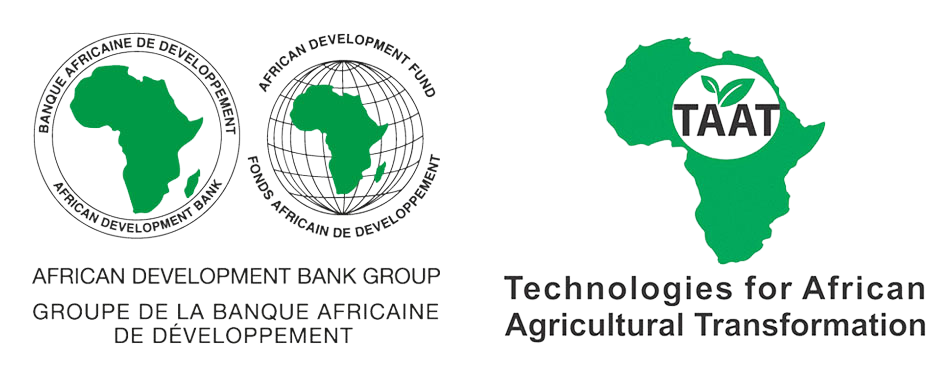

An economically sustainable integrated cassava seed system!
The BASICS model is a blueprint for developing an economically sustainable cassava seed system that can reliably deliver quality stems of improved varieties to farmers and processors. The model connects all actors along a seed production pathway to ensure a sustained and reliable supply of quality seeds of improved varieties to farmers and processors. The model comprises a series of components or ‘modules’ which when implemented as a package can facilitate the establishment of a commercially viable system. The BASICS model is based on selling seeds rather than giving them away because its goal is creating an economically sustainable and entrepreneurial system that is eventually self-financing.
This technology is pre-validated.
Adults 18 and over: Positive high
Provides jobs especially through the cassava seed entrepreneur network
Others: Positive high
The BASICS Model ensures the constant supply of raw materials to the cassava industry
The poor: Positive high
The BASICS Model ensures that resource-poor farmers get a better return on their investment through the cultivation of cassava
Under 18: Positive high
Provides more food (cassava roots) for the population
Women: Positive high
Women who are active players in the cassava value chain are gainfully employed
Climate adaptability: Highly adaptable
Cassava is highly adapted to the changing climate.
Farmer climate change readiness: Significant improvement
Cassava is highly adapted to the changing climate.
The demand for cassava in Africa is growing and will continue in the foreseeable future as new processing industries spring up on the continent. To meet this demand, governments have a strategic opportunity to modernize the seed system using the BASICS model to double current yields and generate inclusive growth.
To effectively integrate the BASICS model, governments are encouraged to:
BASICS-II partners are available to support with technical assistance, policy guidance, and project implementation planning.
Open source / open access
Scaling Readiness describes how complete a technology’s development is and its ability to be scaled. It produces a score that measures a technology’s readiness along two axes: the level of maturity of the idea itself, and the level to which the technology has been used so far.
Each axis goes from 0 to 9 where 9 is the “ready-to-scale” status. For each technology profile in the e-catalogs we have documented the scaling readiness status from evidence given by the technology providers. The e-catalogs only showcase technologies for which the scaling readiness score is at least 8 for maturity of the idea and 7 for the level of use.
The graph below represents visually the scaling readiness status for this technology, you can see the label of each level by hovering your mouse cursor on the number.
Read more about scaling readiness ›
Uncontrolled environment: tested
Used by some intended users, in the real world
| Maturity of the idea | Level of use | |||||||||
| 9 | ||||||||||
| 8 | ||||||||||
| 7 | ||||||||||
| 6 | ||||||||||
| 5 | ||||||||||
| 4 | ||||||||||
| 3 | ||||||||||
| 2 | ||||||||||
| 1 | ||||||||||
| 1 | 2 | 3 | 4 | 5 | 6 | 7 | 8 | 9 | ||
| Country | Testing ongoing | Tested | Adopted |
|---|---|---|---|
| Democratic Republic of the Congo | –No ongoing testing | –Not tested | Adopted |
| Gabon | –No ongoing testing | –Not tested | Adopted |
| Kenya | –No ongoing testing | Tested | –Not adopted |
| Liberia | Testing ongoing | –Not tested | –Not adopted |
| Nigeria | –No ongoing testing | –Not tested | Adopted |
| Rwanda | –No ongoing testing | Tested | –Not adopted |
| Sierra Leone | Testing ongoing | –Not tested | –Not adopted |
| Tanzania | –No ongoing testing | –Not tested | Adopted |
This technology can be used in the colored agro-ecological zones. Any zones shown in white are not suitable for this technology.
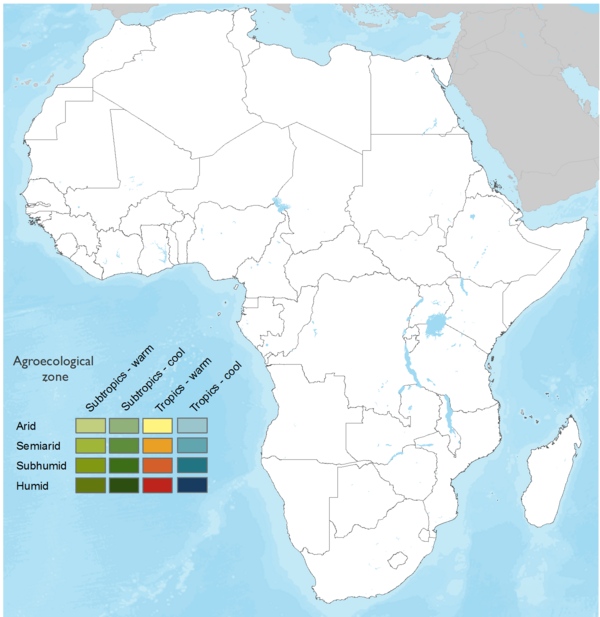
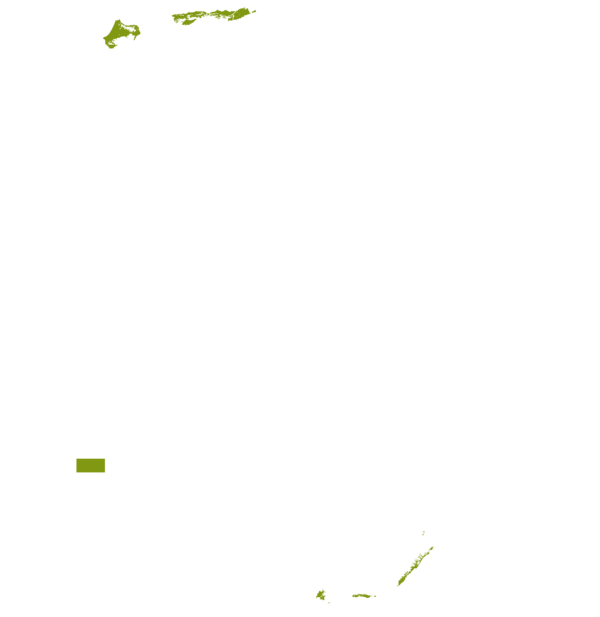
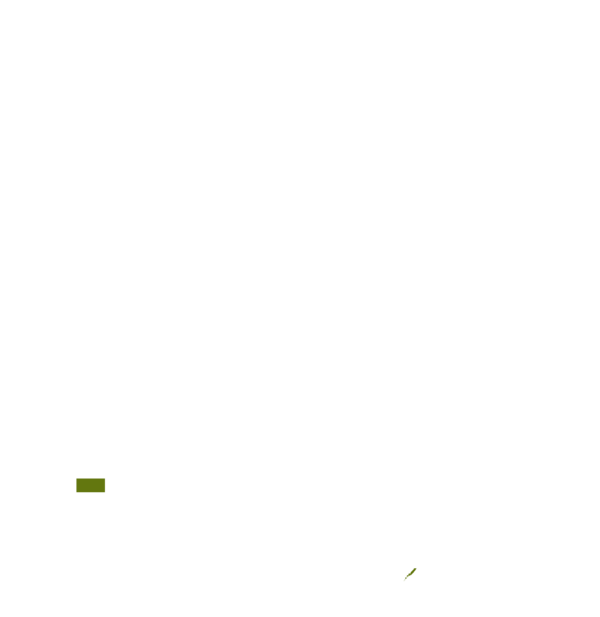
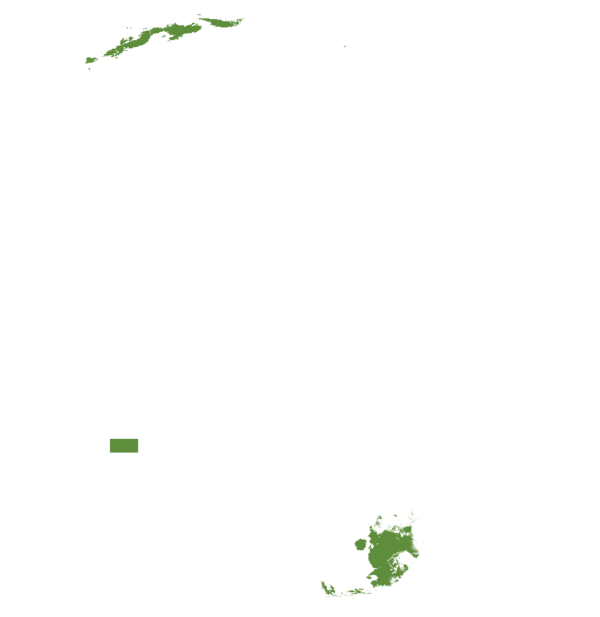
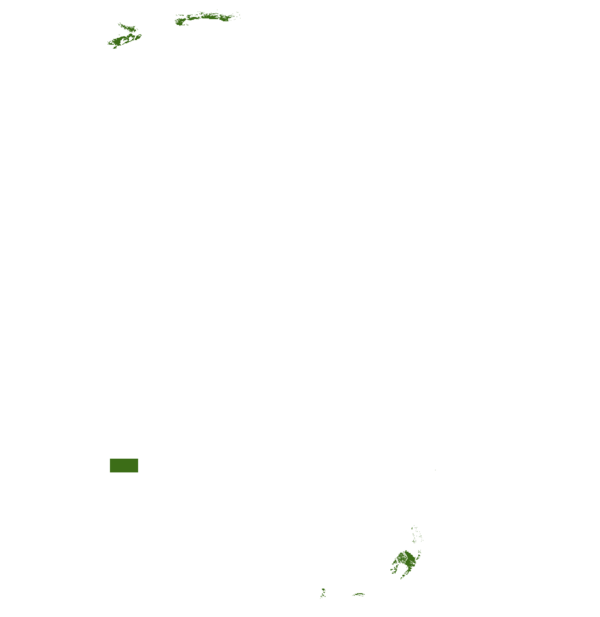

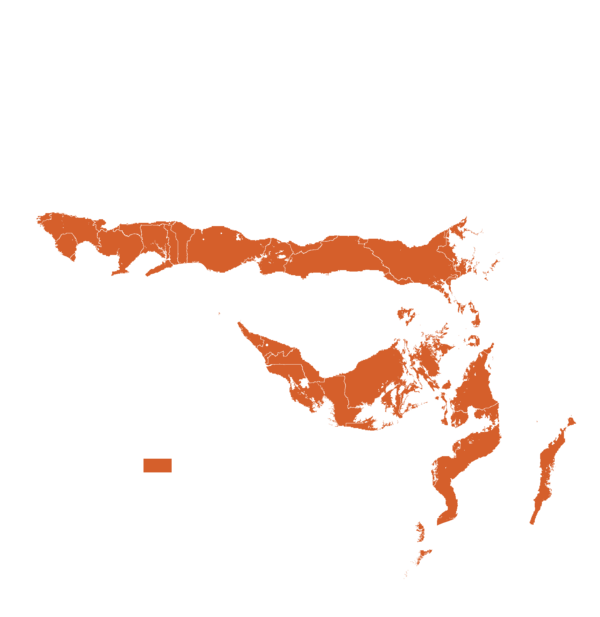


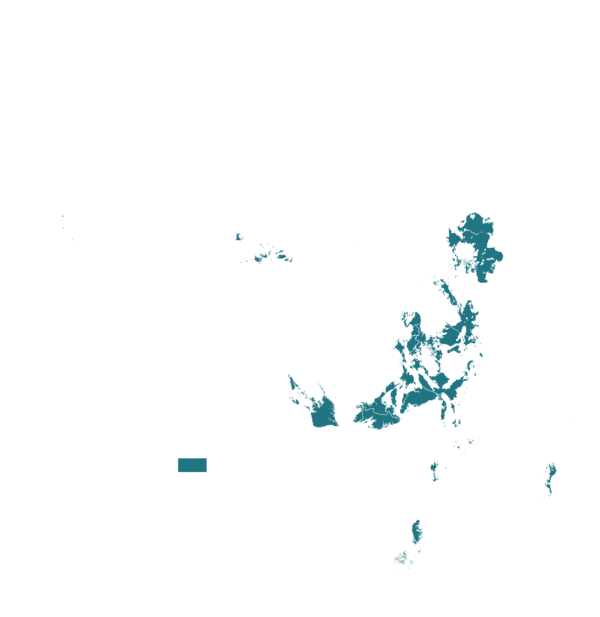
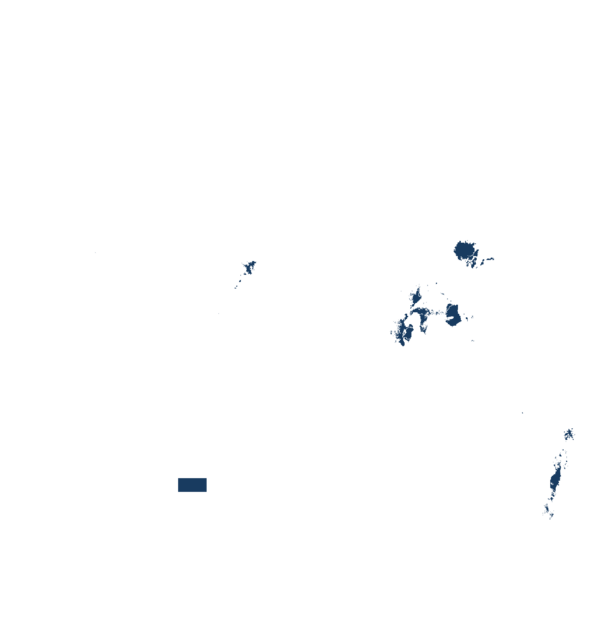
| AEZ | Subtropic - warm | Subtropic - cool | Tropic - warm | Tropic - cool |
|---|---|---|---|---|
| Arid | – | – | – | – |
| Semiarid | – | – | ||
| Subhumid | ||||
| Humid |
Source: HarvestChoice/IFPRI 2009
The United Nations Sustainable Development Goals that are applicable to this technology.
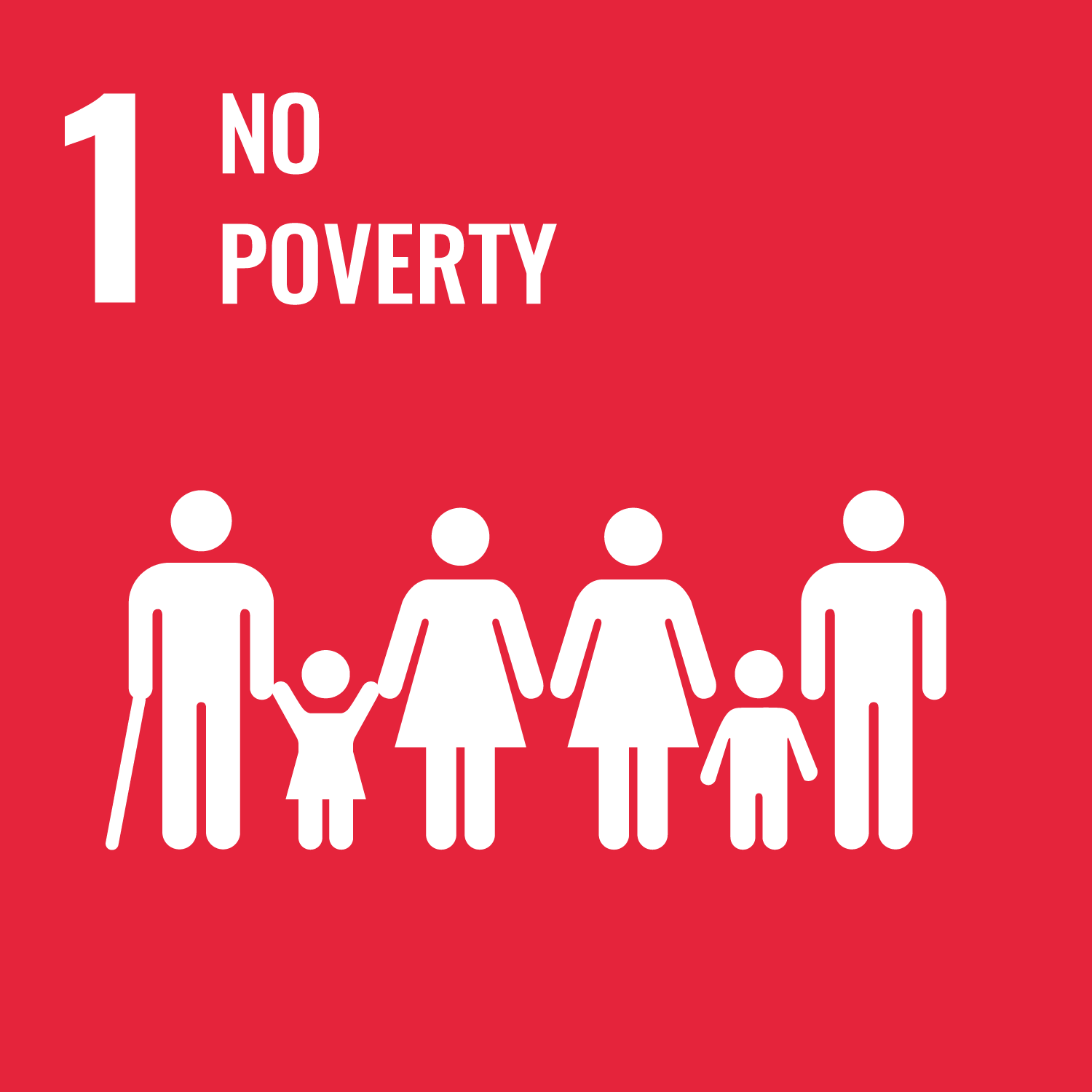
By increasing farmer yields and enabling rural entrepreneurship, the model helps lift smallholders out of poverty through better income and market access.

Improved seed leads to higher productivity, reducing food insecurity and increasing availability of cassava for food and processing.
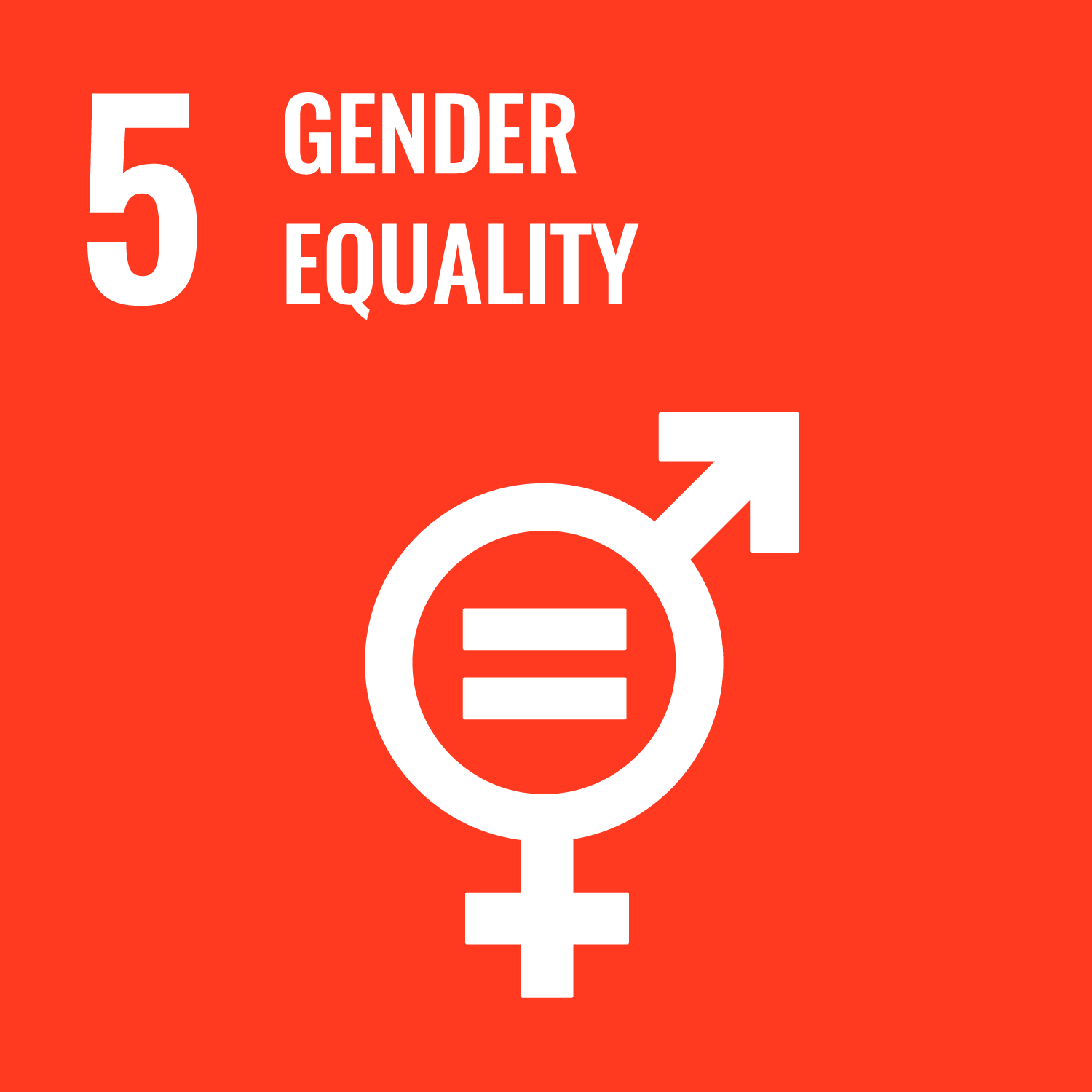
The model promotes equal access to training, tools, and markets for women in the seed value chain.
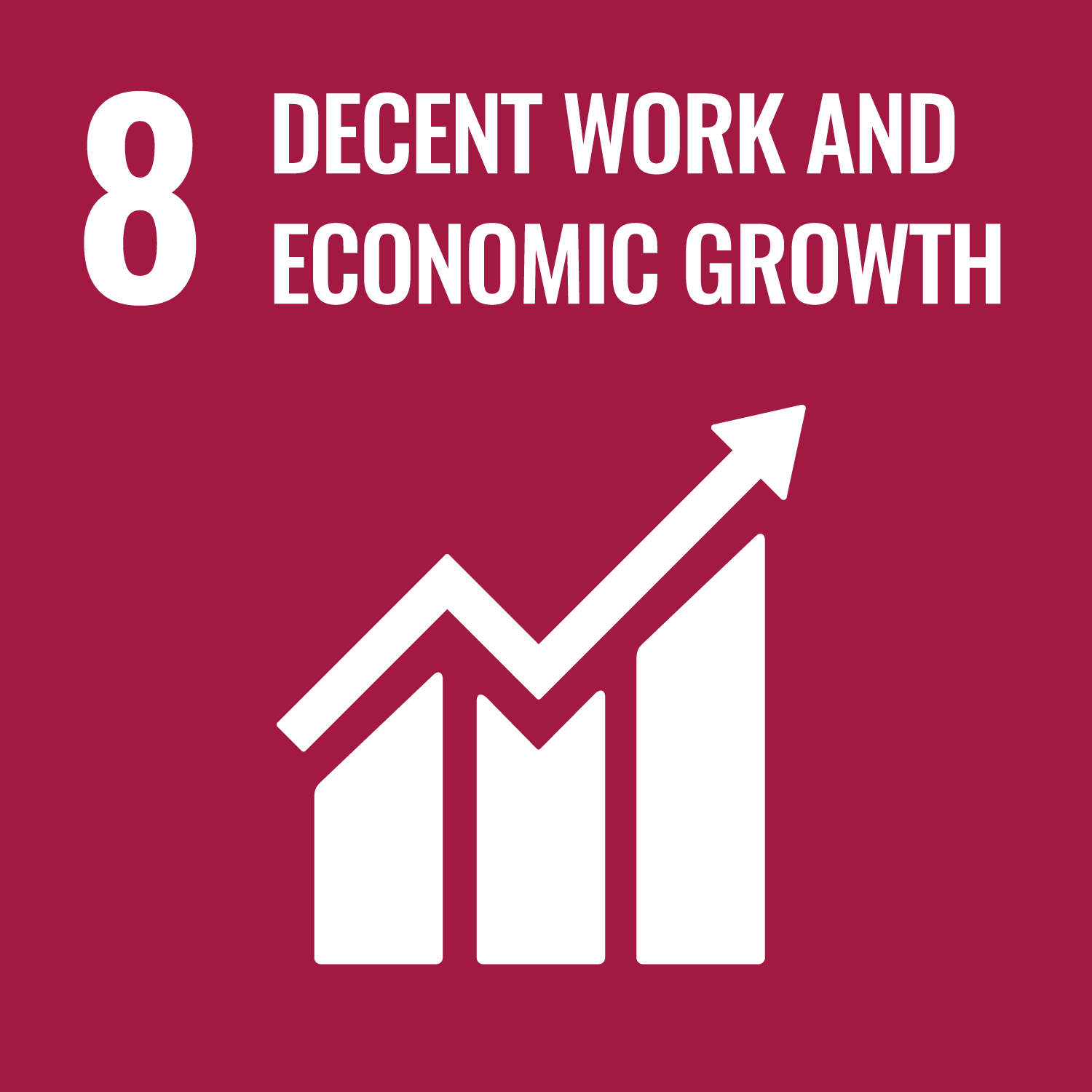
By establishing seed enterprises and linking them to structured markets, the model promotes formalized, profitable employment.
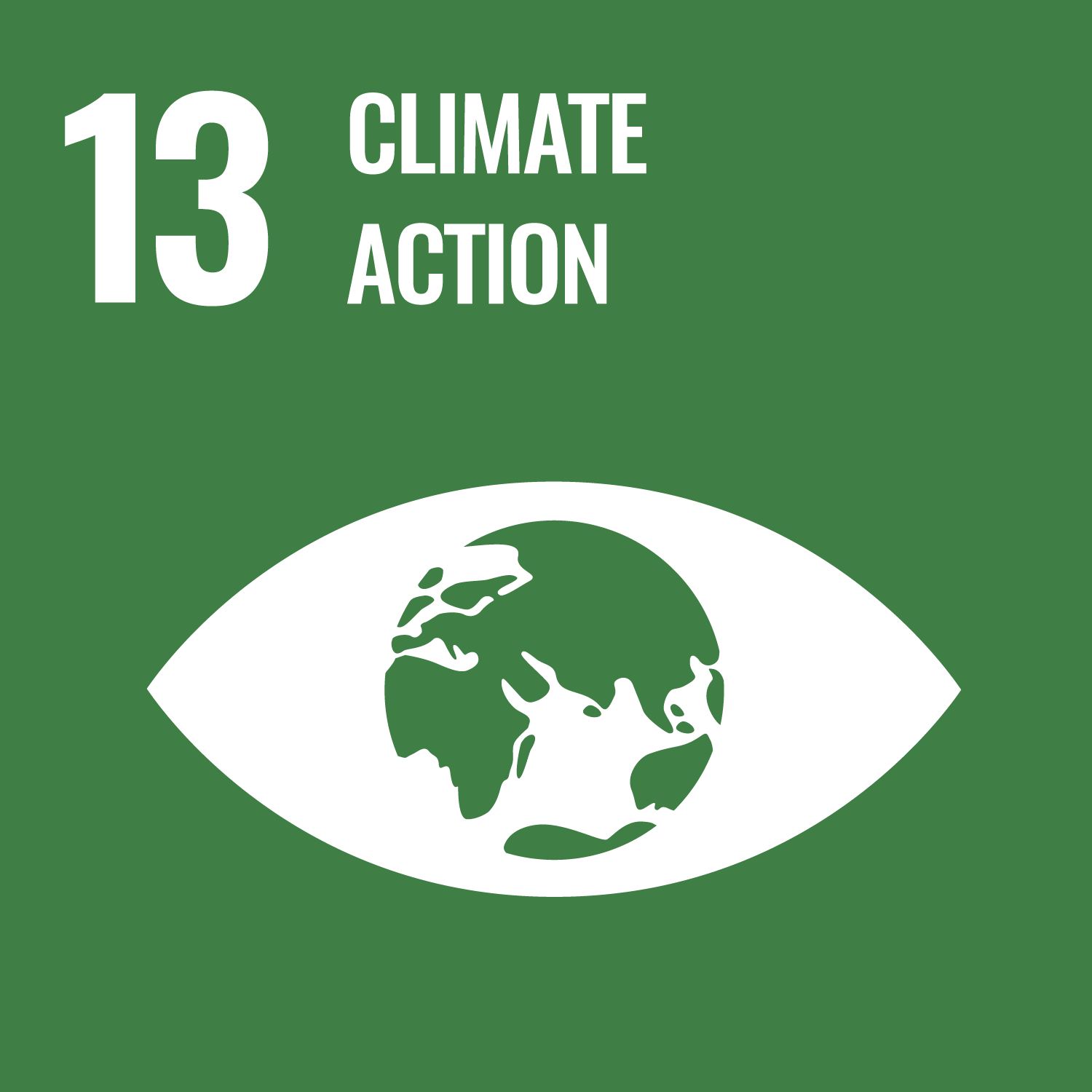
Disease-resistant and high-yielding varieties improve resilience to climate variability, while clean seed reduces the carbon footprint by minimizing losses and replanting.

BASICS is built on collaboration between public research institutions, private entrepreneurs, government regulators, and international donors, showcasing a successful public-private development model.
To start or invest in cassava seed production:
Last updated on 27 May 2025